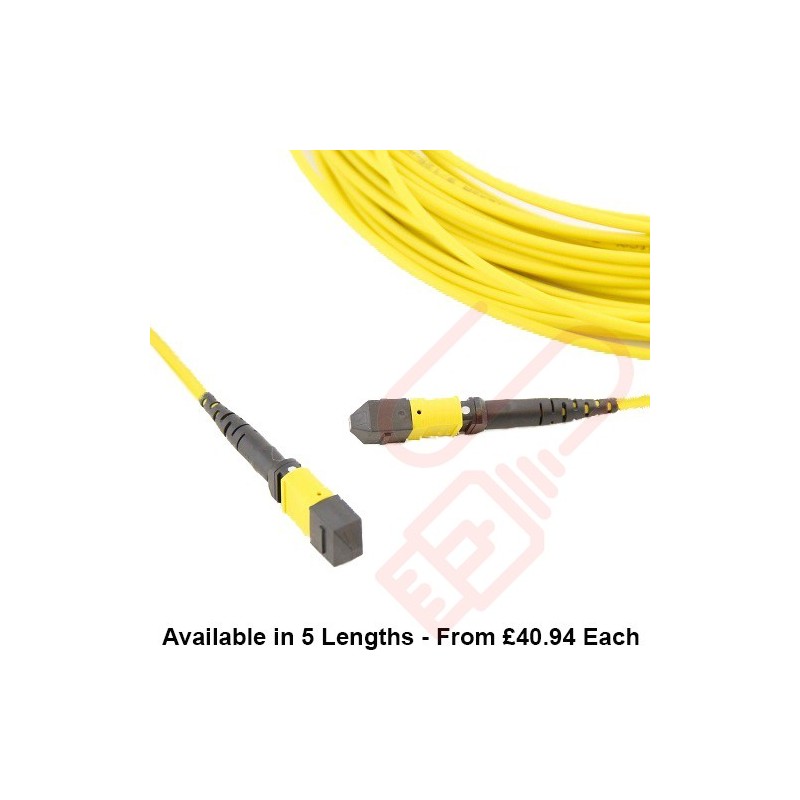
If a keystroke causes the focus to move from one control to another control, the KeyDown event occurs for the first control, while the KeyPress and KeyUp events occur for the second control. The KeyUp event occurs after any event for a control caused by pressing or sending the key. The KeyDown and KeyPress events occur when you press or send an ANSI key. The user presses Esc on a form with a command button whose Cancel property is set to True. key: the character ('A', 'a') for non-character keys.
#KEYUP BACKSPACE CODE#
The primary keyboard event properties are the following: code: it is the key code ( for example, 'KeyA' ), specific to the key location on the keyboard. The first one triggers on pressing the key down, the second one- on releasing the key. The user presses Enter on a form with a command button whose Default property is set to True. The keyboard events are keydown and keyup. The KeyDown and KeyUp events don't occur under the following circumstances: The numeric keypad and keyboard number keys. Navigation keys, such as HOME, END, PAGEUP, PAGEDOWN, UP ARROW, DOWN ARROW, RIGHT ARROW, LEFT ARROW, and TAB.Ĭombinations of keys and standard keyboard modifiers (SHIFT, CTRL, or ALT). The KeyDown and KeyUp events are typically used to recognize or distinguish between:Įxtended character keys, such as function keys. These events also occur if you send a keystroke to a form or control by using either the SendKeys action in a macro or the SendKeys statement in Visual Basic. A form can have the focus only if it has no controls or all its visible controls are disabled.

The form or control with the focus receives all keystrokes. The KeyDown and KeyPress events alternate repeatedly until the user releases the key, at which time the KeyUp event occurs. The KeyDown event occurs when the user presses a key on a running form while that form or a control on it has the focus. An integer that represents the key code of the key that was pressed or released. The KeyDown and KeyUp event syntaxes have these parts: Part Private Sub object _ KeyDown( ByVal Ke圜ode As MSForms.ReturnInteger, ByVal Shift As fmShiftState) Private Sub object _ KeyUp( ByVal Ke圜ode As MSForms.ReturnInteger, ByVal Shift As fmShiftState) KeyUp occurs when the user releases a key. KeyDown occurs when the user presses a key. Have questions or feedback about Office VBA or this documentation? Please see Office VBA support and feedback for guidance about the ways you can receive support and provide feedback.Occur in sequence when a user presses and releases a key. The sequence of keyboard-related events is: To respond to the physical state of the keyboard, or to handle keystrokes not recognized by the KeyPress event, such as function keys, navigation keys, and any combinations of these with keyboard modifiers (ALT, SHIFT, or CTRL), use the KeyDown and KeyUp event procedures. The KeyPress event interprets the uppercase and lowercase of each character as separate key codes, and therefore as two separate characters. KeyANSI indicates the ANSI character that corresponds to the pressed key or key combination. The default action for the KeyPress event is to process the event code that corresponds to the key that was pressed. A form can have the focus only if it has no controls, or if all its visible controls are disabled.

When the user releases the key, the KeyUp event occurs. When a user holds down a key that produces an ANSI keycode, the KeyDown and KeyPress events alternate repeatedly. That means if I type in a wrong number I cant backspace it. However the backspace character also has an ASCII code that will be ignored by this code.
Private Sub txtChildNumberInFamilyKeyPress (KeyAscii As Integer) If KeyAscii < Asc ('0') Or KeyAscii > Asc ('9') Then KeyAscii 0.Deleting a character in a control by using BACKSPACE causes a KeyPress event deleting a character by using DELETE doesn't. The following code doesnt allow letters to be entered.




 0 kommentar(er)
0 kommentar(er)
